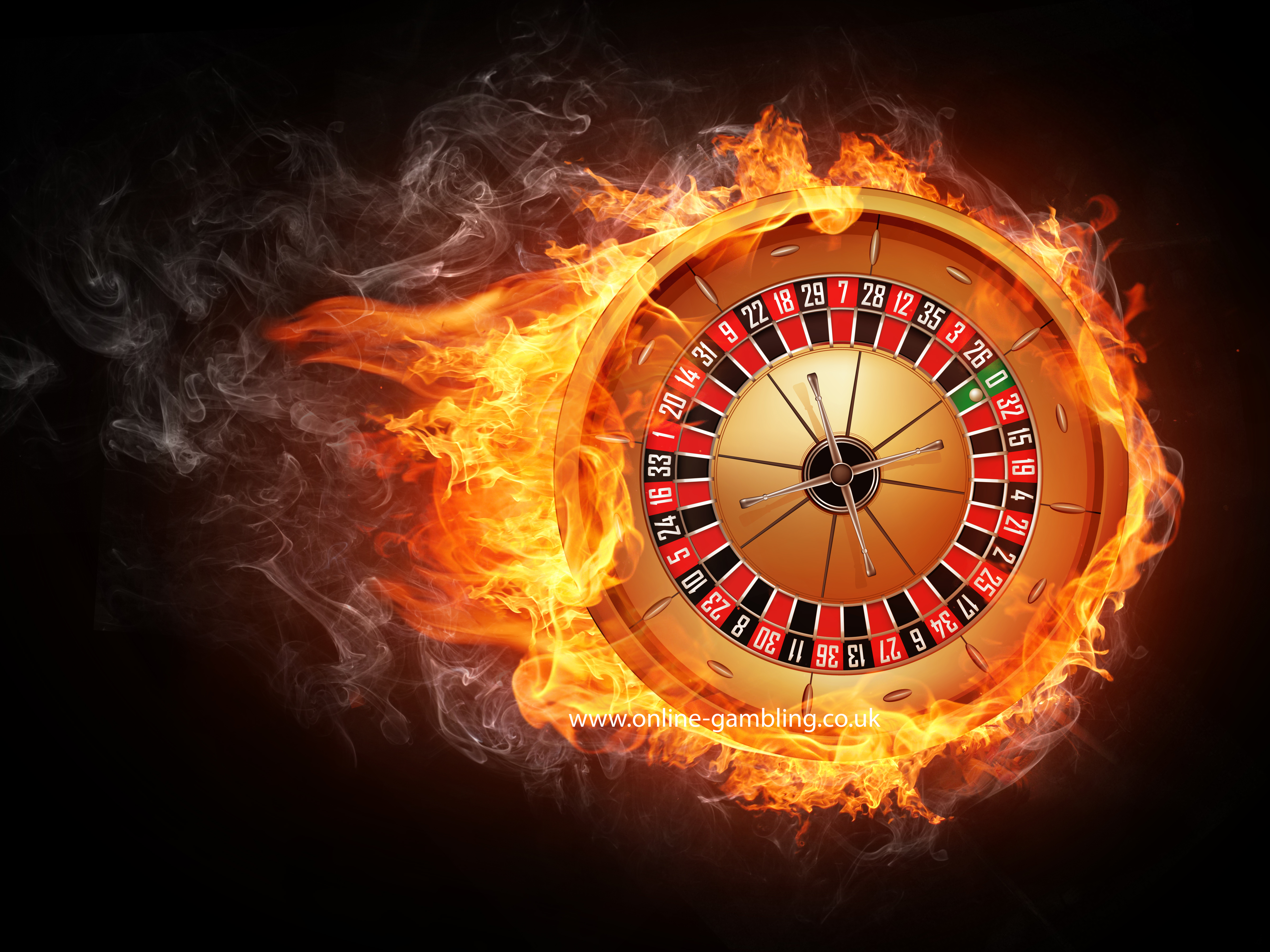
Casino offerings have been a well of amusement and thrill for countless players around the globe. One of the key factors that renders these games captivating is the diversity of playing cards employed in different kinds of games. Grasping the various types of cards can enhance your experience and refine your gameplay strategies. Whether you are attracted to traditional card games like Texas Hold’em and blackjack or newer casino offerings, each game depends on a distinct set of cards that affects the regulations and the flow of play.
In casino settings, cards come in several forms, each designed to fit the requirements of particular games. From standard decks to custom card types, the diversity plays key role in shaping the dynamics of each game. By acquainting yourself with these cards and their uses, you can gain more profound insights into the games and make better decisions at the table. This understanding not just enriches your gaming experience but also adds to a higher-level approach to your odds of winning.
Types of Playing Cards
When it comes to casino games, the kind of playing cards used can significantly impact the gameplay and strategy. The most frequent deck is the standard 52-card deck, which consists of 4 suits: spades. Each suit contains thirteen ranks, from Ace to King. This traditional deck is essential in many games, such as poker, where gamblers aim to form the best hand possible or approach 21 as they can.
Some casino games utilize unique decks specifically designed for the game itself. For example, the well-known game of baccarat often employs multiple decks shuffled together, typically six or 8. This not only increases the difficulty of the game but also impacts wagering strategies, as participants must consider the increased number of cards in play. Additionally, some games may bring in joker cards or wild cards, providing further variety and thrill to the gambling experience.
In niche games, custom decks may come into play. For instance, in games like Bridge or Pinochle, participants might use specific rules with varied card values or roles. These variations keep the gameplay fresh and allow for varied strategies to appear. Understanding the various types of playing cards and their specific uses in various casino games is key to improving one’s gambling experience and improving overall results at the tables.
Deck Variations in Gambling Activities
In gambling activities, the type of set of cards utilized can significantly affect both the play and the tactics used by players. Most classic card activities, such as 21 and five-card draw, typically utilize a standard 52-card deck. However, modifications do exist where additional wild cards or even several decks are used. For example, in blackjack, some gaming establishments may employ one to eight decks, which can change the probabilities and the basic tactics required to play effectively. Participants must be aware of the set of cards makeup, as it influences the house edge. 69vn2a.com
Another common variation in gambling card activities is the utilization of themed or custom decks. For instance, some five-card draw games might use a set of cards that includes unique images or patterns, which can enhance the environment at the table. These specialized packs often serve to differentiate between different play formats or loyalty initiatives within the casino. While the standard rules of the activity remain the same, the aesthetics can affect player involvement and satisfaction.
Lastly, the shuffling techniques used with different types of packs can also impact gameplay. Gaming establishments often utilize automatic mixing machines that can effectively reorder several decks effectively, making hand counting more challenging. The frequency and manner of mixing can differ widely based on the activity and the casino’s rules. Understanding these card variations is crucial for any player looking to enhance their game strategy and overall satisfaction in casino activities.
Importance of Card Values
In gaming activities, the worth of each playing card plays a critical role in determining the result of various games. Different games assign unique worths to cards, shaping strategies and player decisions. For example, in blackjack, playing cards ranging two through 10 are valued at their nominal worth, while face cards hold a value of ten, and the ace can be valued either one or eleven. Comprehending these worths allows gamers to make informed decisions during play, improving their chances of success.
Similarly, in poker, the significance of card worths extends to combinations and hand rankings. Strong cards can form stronger hands, such as two of a kind, straights, or flushes, which are essential for triumph in the activity. Players must assess not only their own hand but also potential combinations their opponents might hold. This strategic depth adds excitement and challenge, making card worths a important element in the appeal of poker appeal.
Additionally, the psychological aspect of playing card worths cannot be overlooked. Players may use the knowledge of card values to bluff or confuse their opponents. By understanding how a playing card’s value can affect the game’s dynamics, gamers can more effectively manage hazards and rewards, creating a stimulating atmosphere in gambling activities. Whether competing for entertainment or for real money, awareness of playing card worths significantly influences the overall playing encounter.
